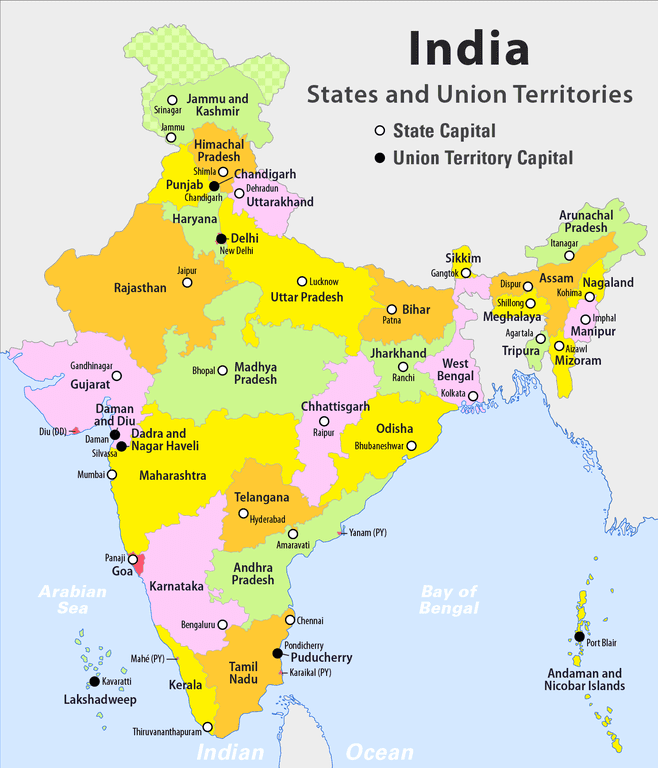
(Wikimdia Commons public domain image)
This item from the NCAA, about a major meeting recently held at Brigham Young University on the treatment of LGBTQIA athletes at conservative religious schools, will interest more than a few of you, I think:
***
One participant in the NCAA “Common Ground” meeting at BYU asked “How can we help redeem some of the deep hurt the church has caused our LGBTQ+ brothers and sisters?”
While there is no doubt that we can always improve the way we treat people in and out of the Church, I think that one of the essential things is to get clear on precisely what harm has or has not been caused to gay Latter-day Saints.
A few days back, I called attention to an interesting article entitled
“Utah researcher: theory of religious influences in Utah LGBT suicides may be overblown”
I thought it relevant to the efforts of some critics of the Church of Jesus Christ of Latter-day Saints to exploit the terrible tragedy of suicide as a weapon against the faith of Latter-day Saints.
In that connection, I also find this article, published back in the 22-28 September issue of The Economist, worthy of reflection:
It seems that, although suicide is often viewed as a problem especially for affluent societies, it is surprisingly common in India — but for reasons that remain obscure. A recent article in the British medical journal Lancet, reveals that India sees perhaps as many as 230,000 suicides annually, nearly double previous estimates. While India has 18% of the world’s population, its male population commits nearly a quarter of the world’s male suicides — and almost four out of ten women who commit suicide worldwide do so in India. For Indians between the ages of 15 and 39, suicide is the leading cause of death, as it is for Indian women in particular between the ages of 15 and 49.
Congruent with global trends, India’s female suicide rate is falling. But it has fallen by only 25% since 1990, whereas that rate has fallen by half worldwide and, in China, by 70%.
But there is significant variation in suicide rates between Indian states.
A woman in the southern Indian state of Tamil Nadu, for instance, is ten times more likely to kill herself than is a woman in the northeastern jungle state of Mizoram.
Is this a function of poverty? Very likely not. Karnataka, the southern Indian state that is the center of India’s impressive technology economy, has a male suicide rate that is four times that of northeastern Bihar, India’s poorest state. Suicide rates actually seem to rise with wealth and urbanization, and then to fall again as the new wealth and urban lifestyle become “normal.”
Is it a matter of religion? Well, there seems to be a religious effect, but it’s not, perhaps, what critics of the Church of Jesus Christ of Latter-day Saints on this topic might expect (or hope) to see: “There have been no studies of differences among India’s religious groups,” says The Economist, “although there is some evidence that Muslims are much less likely than Christians and Hindus to do themselves in.” Along similar lines, while South Korea and Russia have relatively high rates of suicide, most majority-Muslim countries have relatively low rates. A chart accompanying the Economist article puts the number of yearly male suicides in Karnataka, India, at more than 35 per 100,000 men. By contrast, male suicides in the United States come in at just over 20 per 100,000. In all of the countries and regions on the chart but two, the male rate of self-destruction is dramatically higher than that among females: The two exceptions — which also have the lowest overall suicide rates represented — are the impoverished and overwhelmingly Muslim nations of Bangladesh and Pakistan, where the rates for suicide among men and women are essentially identical at, respectively, slightly more than 5 per 100,000 in Bangladesh (roughly where the U.S. rate for women comes in) and approximately 3 per 100,000 in Pakistan.
The causes of suicide appear to be quite complex and ill-understood. Efforts to blame it on religion in general and on the Church of Jesus Christ of Latter-day Saints in particular should be subjected to very careful scrutiny before they’re accepted.












